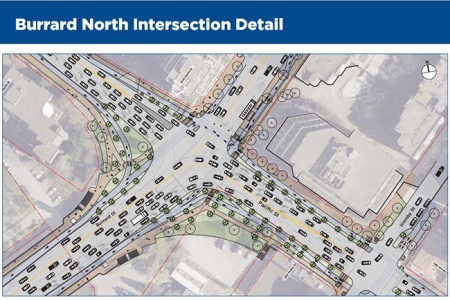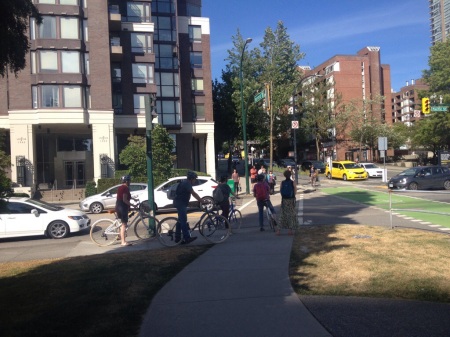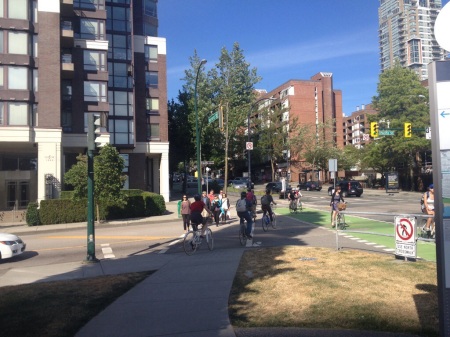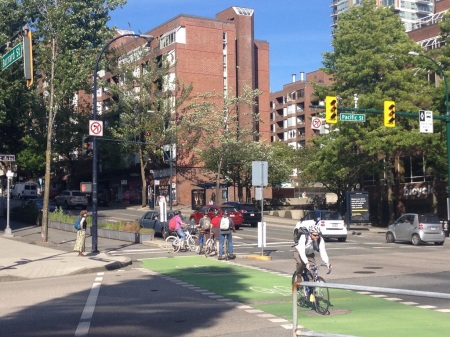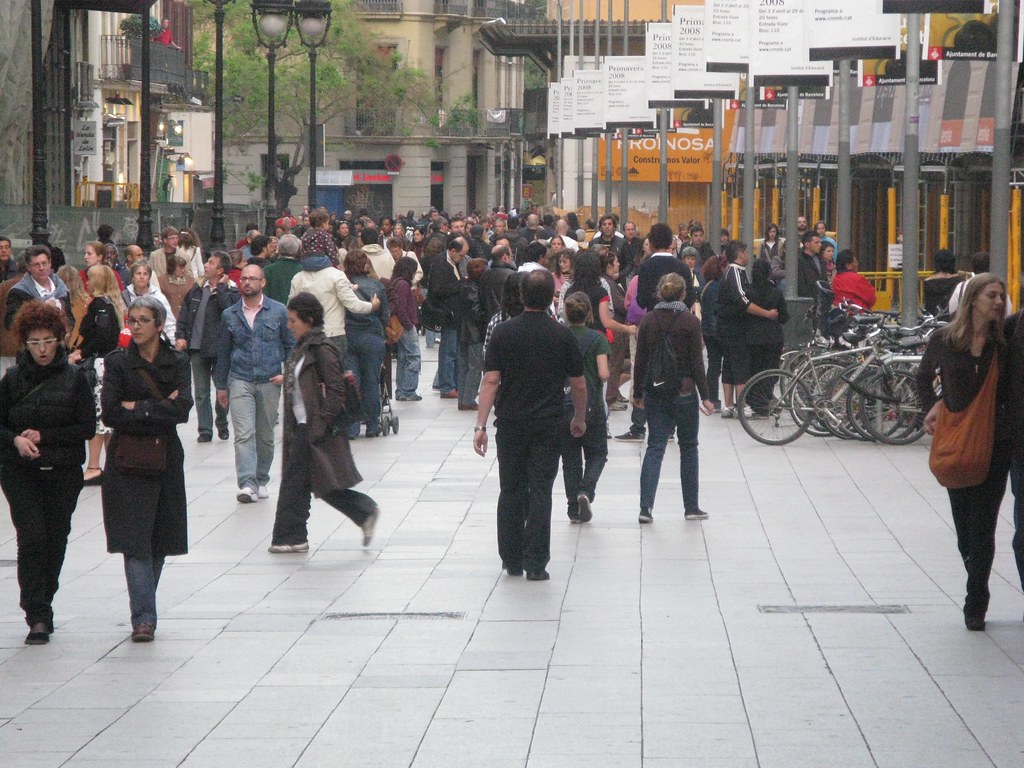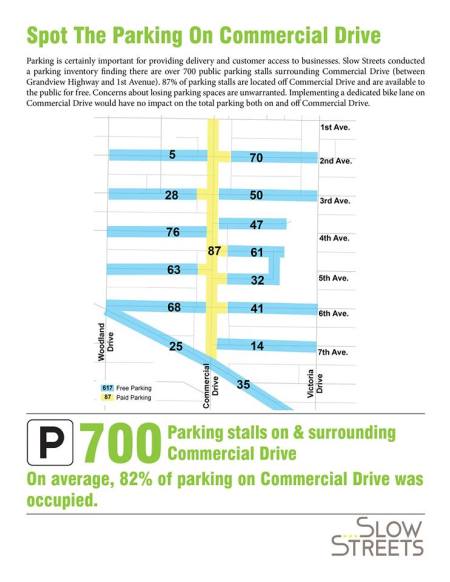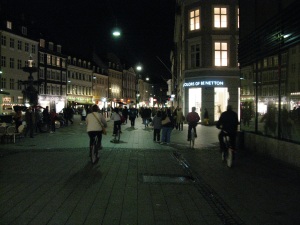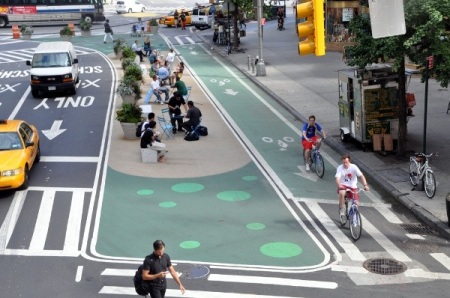Below is the personal letter I sent regarding Site C. Managed to connect it to cycling and road safety.
If you want to send a similar letter, here are the emails:
John Horgan <premier@gov.bc.ca>, Michelle Mungal <MEM.Minister@gov.bc.ca>, Claire Trevena <Minister.Transportation@gov.bc.ca>
You can find your MLA’s email here: http://www.bccc.bc.ca/bc
Dear Premier Horgan, Minister Mungall, Minister Trevena, Minister Robinson
There are plenty of urgent needs that require investment that will help the people of British Columbia now. These investments include social housing, transit, cycling and road safety that will save lives and improve people’s health while creating more jobs in communities around BC. As such, it makes no sense at all to spend billions on Site C for power that may not be needed for years if ever.
For example, the BC Road Safety Strategy includes many excellent recommendations that would help significantly reduce crashes saving hundreds of lives and injuries while saving millions in health care and repair costs to the government and drivers.
These smart modes of transportation include walking, cycling and public transport. By reducing private car use, these other travel modes reduce the motor vehicle crash rate, encourage healthy physical activity, and reduce greenhouse gas emissions and our carbon footprint.
With the 2016 Census showing increased transit and cycling use, now is the time to invest in the transit capacity and cycling routes that are needed now. Investing in cycling would create more jobs too. A study by University of Massachusetts Political Economic Research Institute found that for each $1 million, cycling projects in this study create a total of 11.4 jobs while road only projects create 7.8 jobs. Both are much higher than the jobs per million created by Site C.
It is no accident that ICBC costs have increased. The previous government failed to invest anywhere near the amount of funds needed to make our roads safer while providing people with affordable green and safe transportation.
Similarly, with thousands of people desperately needing homes in communities around the Province, it unconscionable to spend billions on electrical generating capacity that is not need for years or may never be needed. While the investment in modular homes is a good start, much more needs to be done so everyone in BC has a home.
The previous government made the same mistake by spending billions on bridge and road capacity (Port Mann Bridge, South Fraser Perimeter Road) that is not needed now and may never be needed. Thankfully, your government has put a hold on the Massey Bridge and hopefully will invest in other priorities including cycling and transit. I urge you to do the same and cancel the costly Site C dam.

